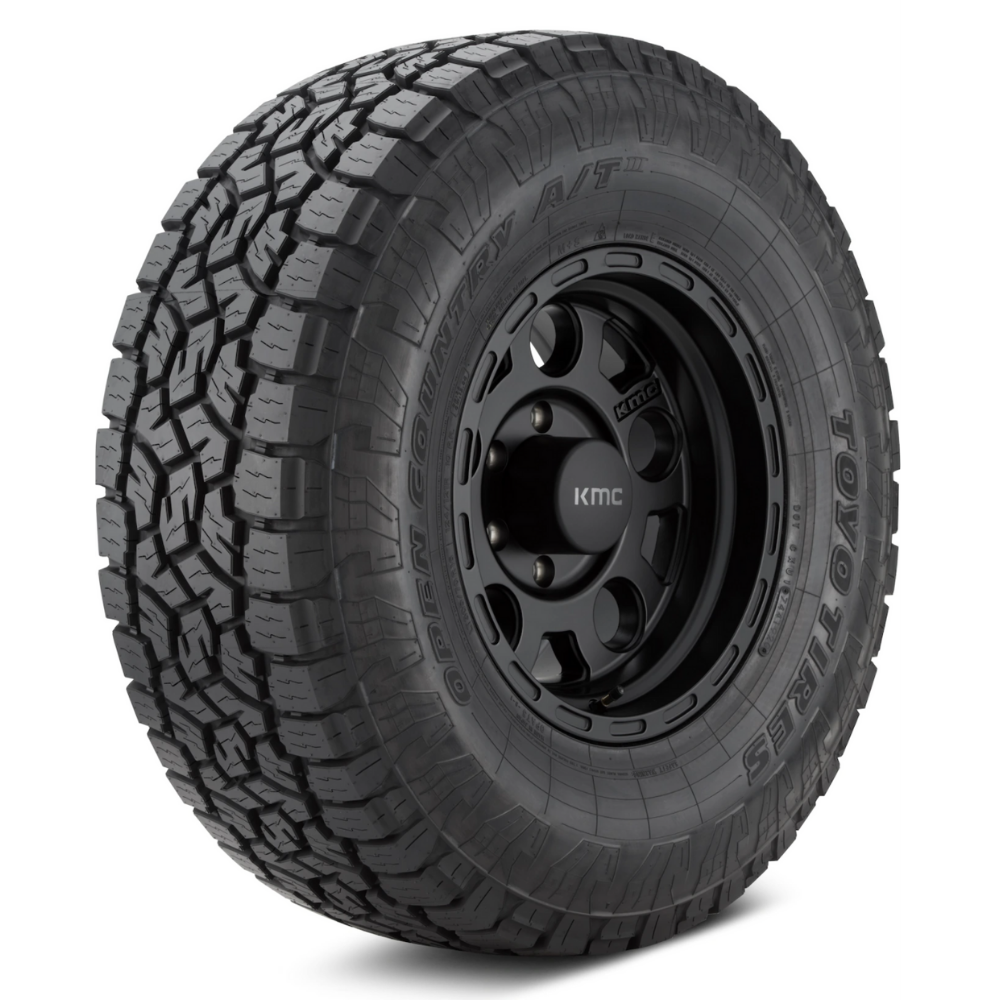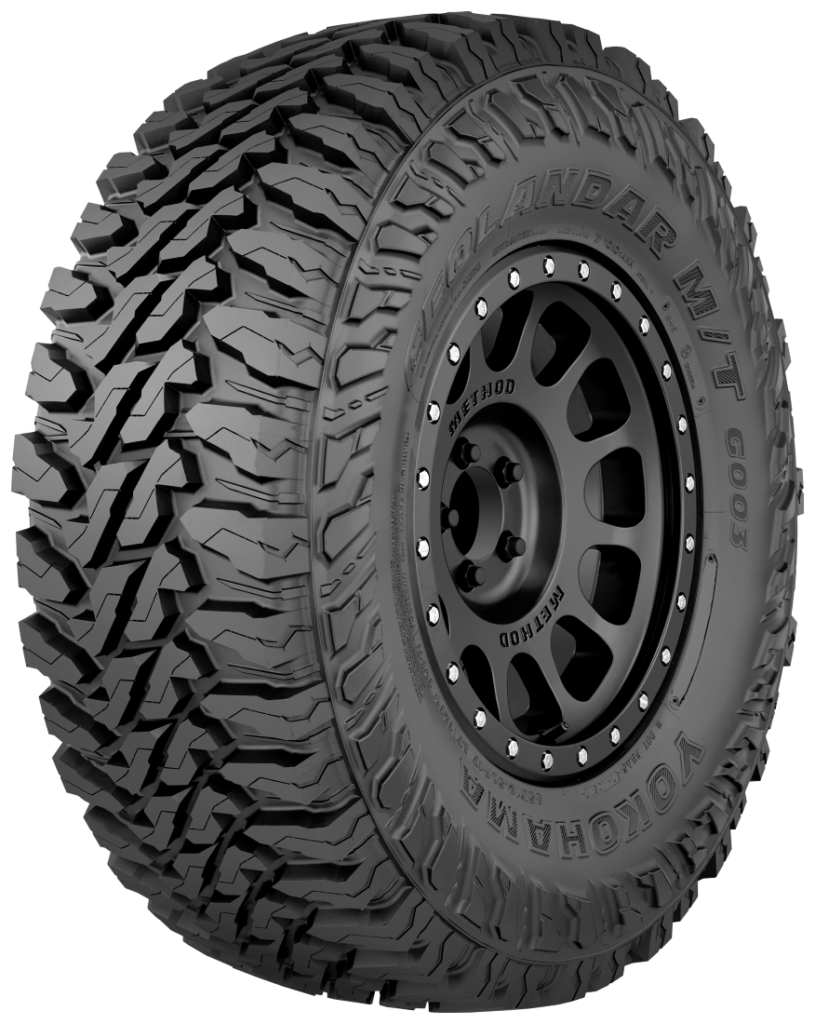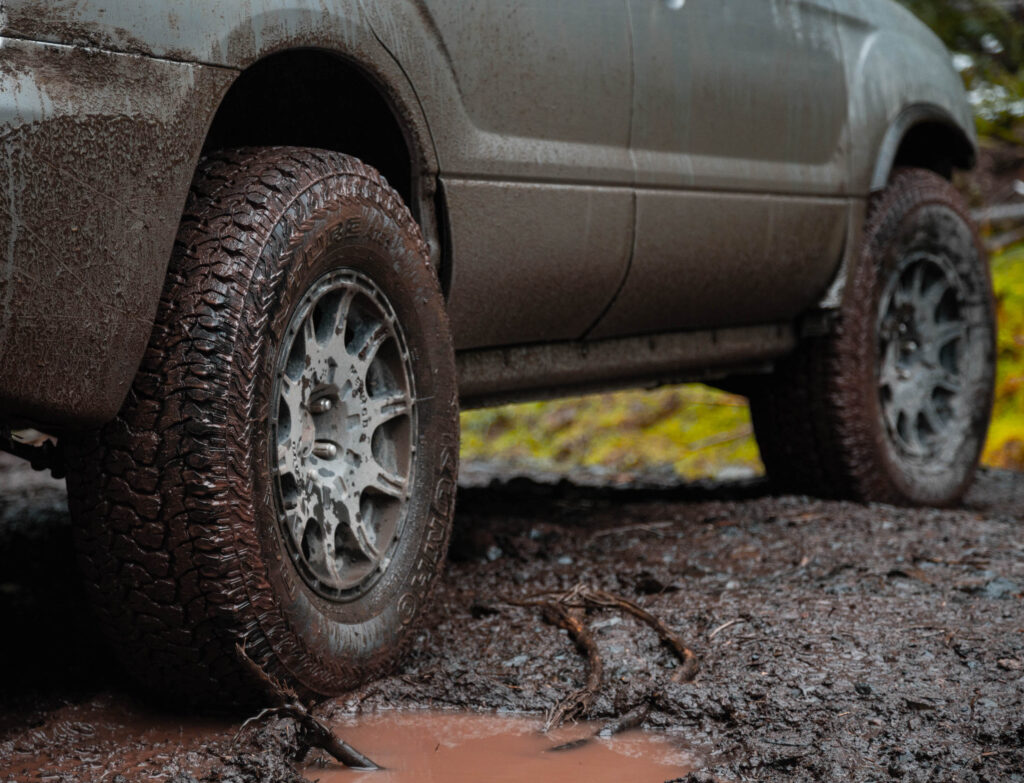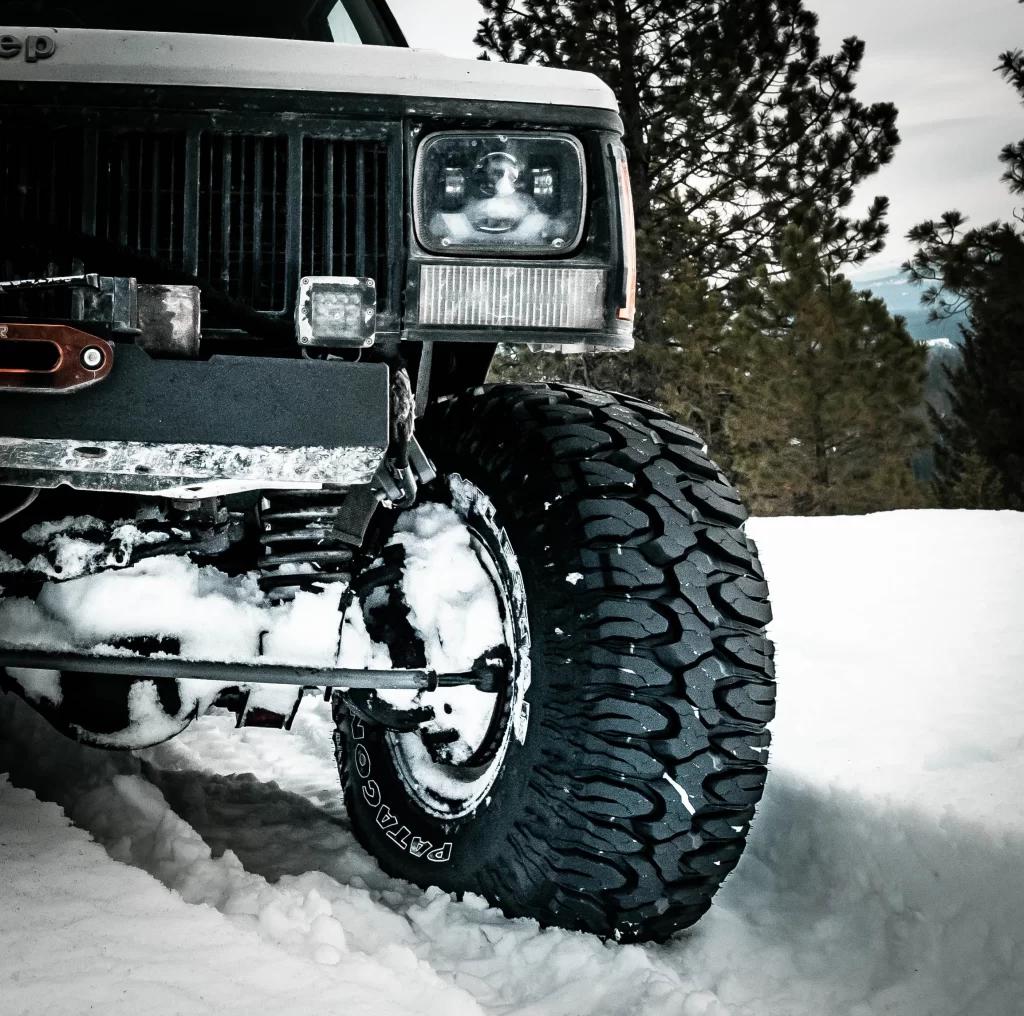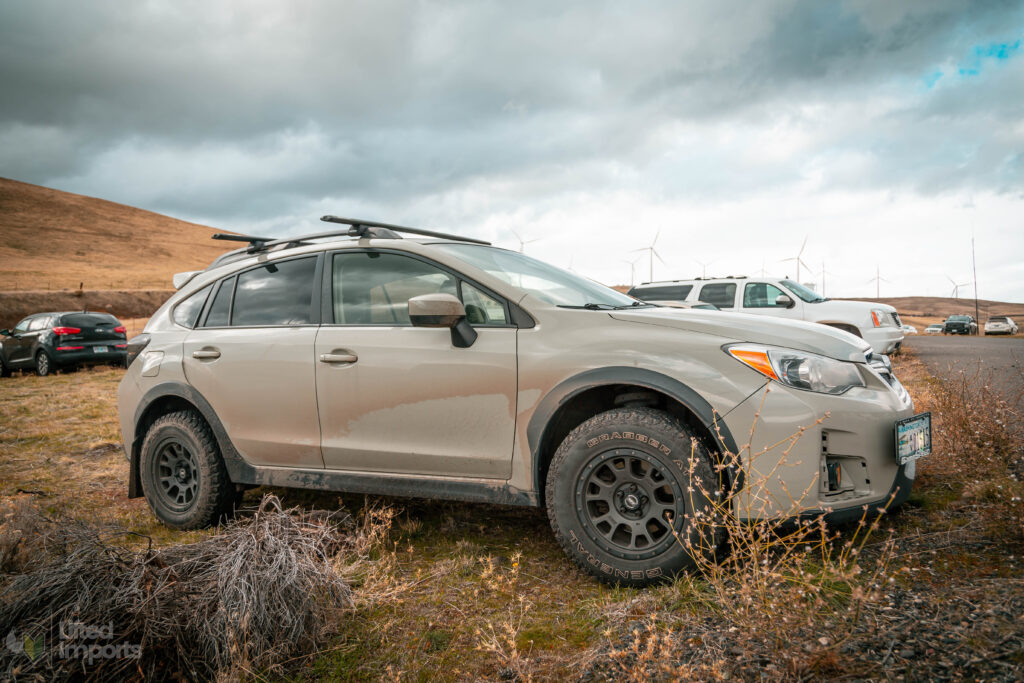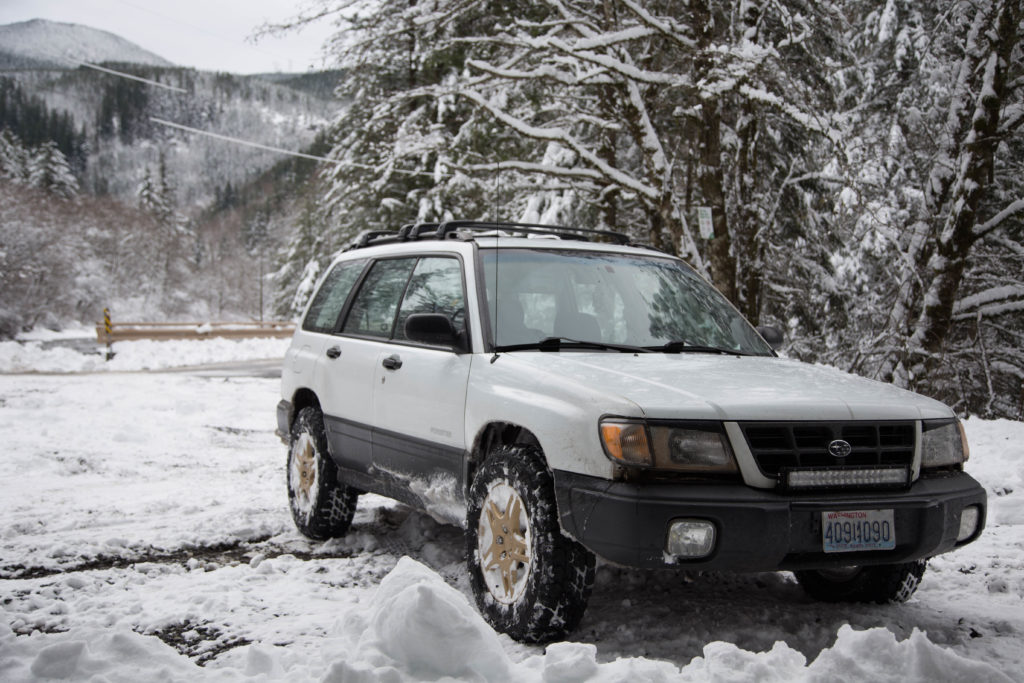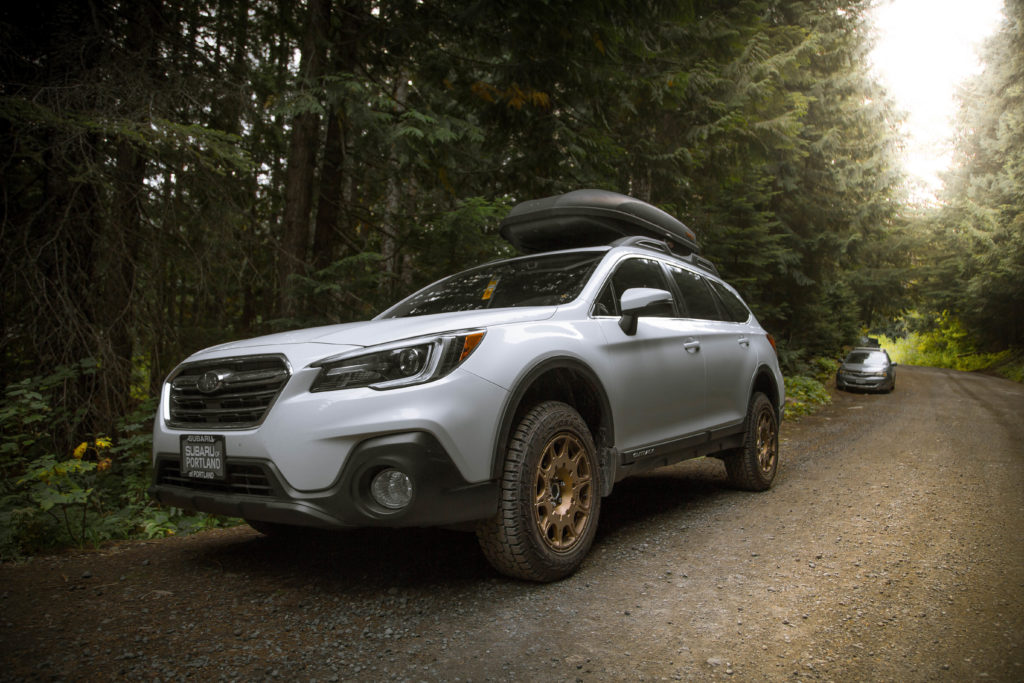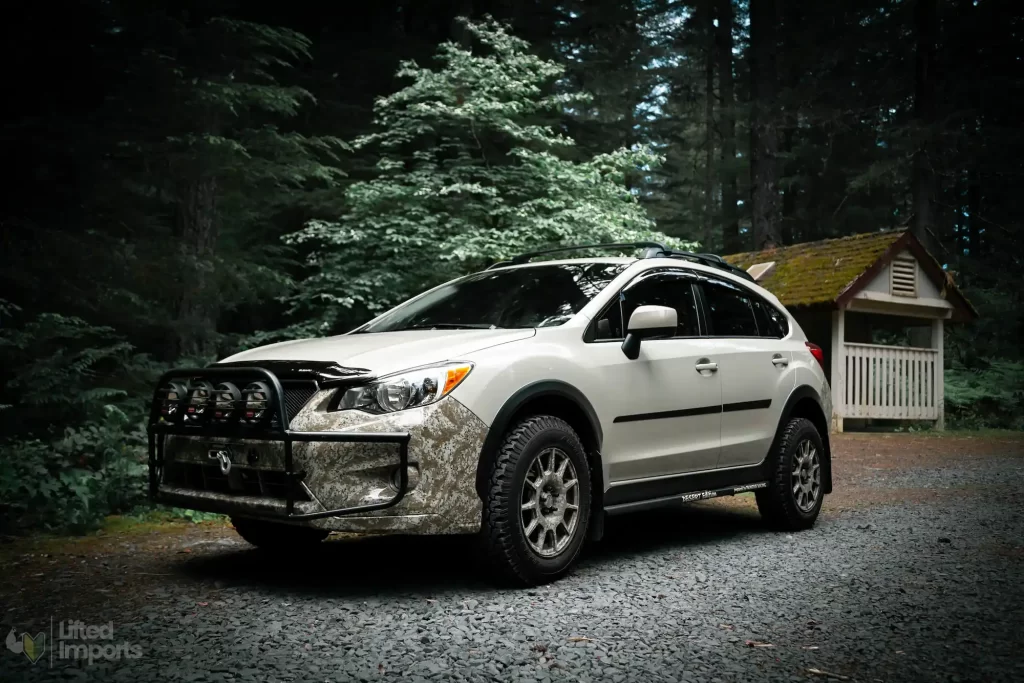
BEST Subaru All Terrain Tires: Our Top Picks For Offroad
Whether you have a brand new Outback, Ascent, Forester, or maybe an older Impreza that needs a little extra grip and off-road capability, there are some good all terrain tire options that many Subaru drivers trust. We’ve tested our fair share of tires and scoured countless reviews online to bring you a list of our favorite all-terrain tires for your Subaru.

